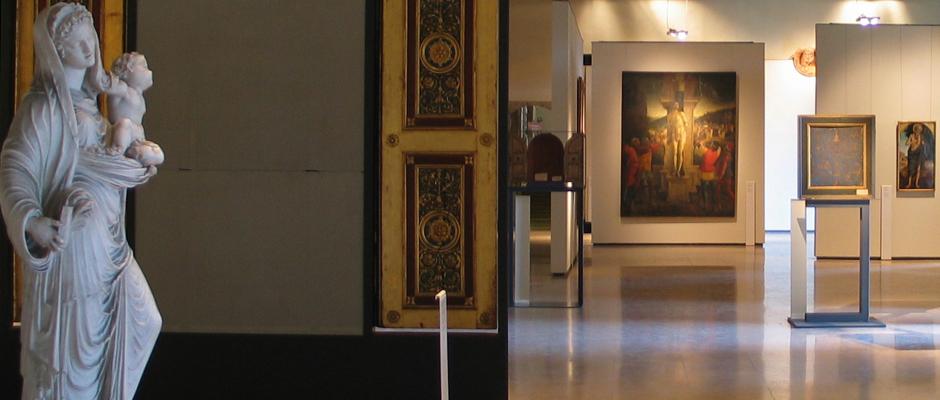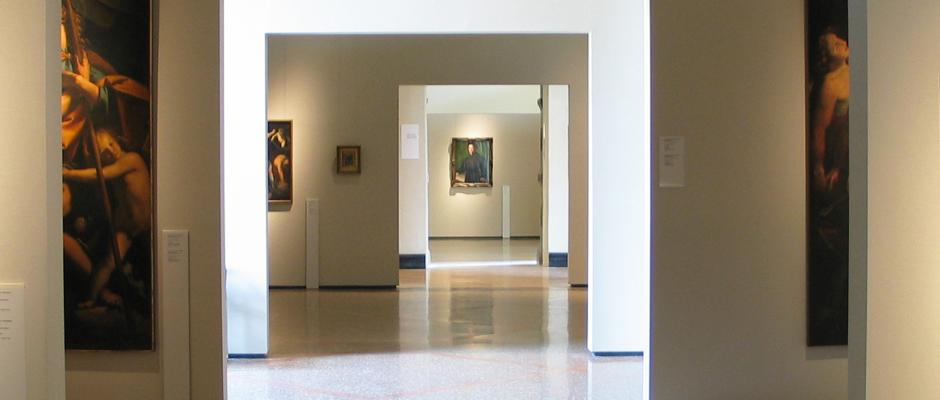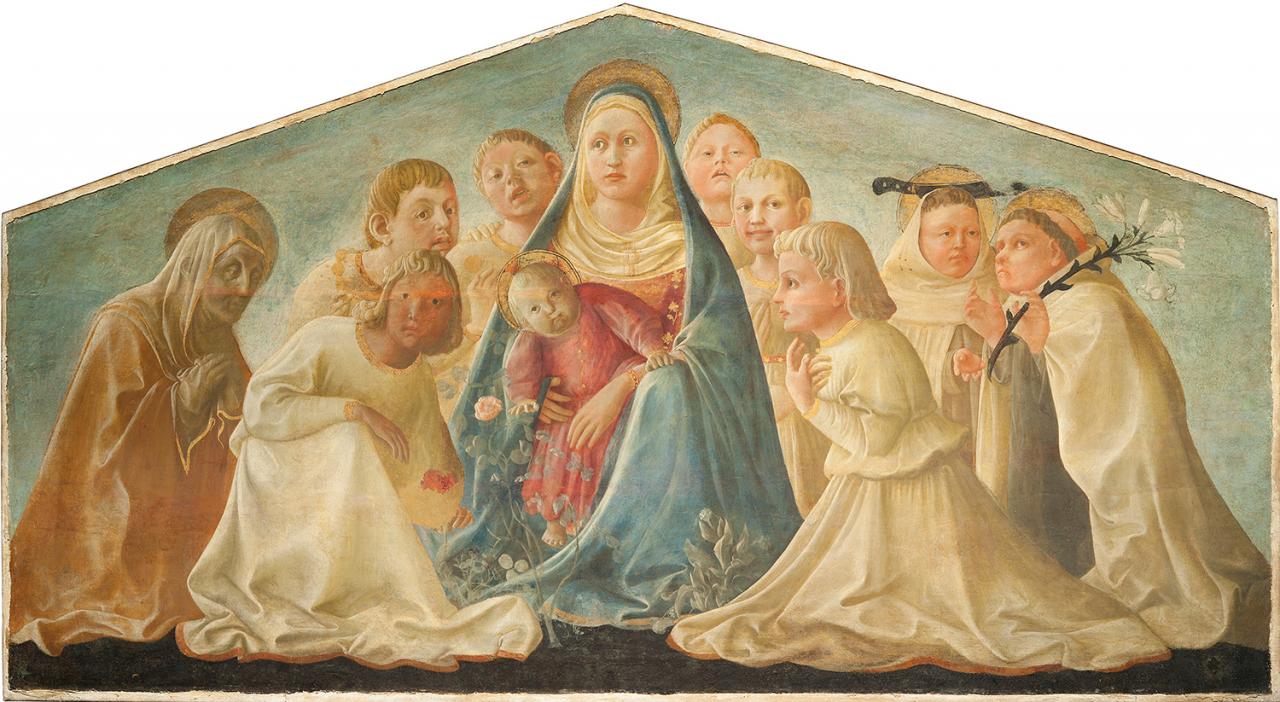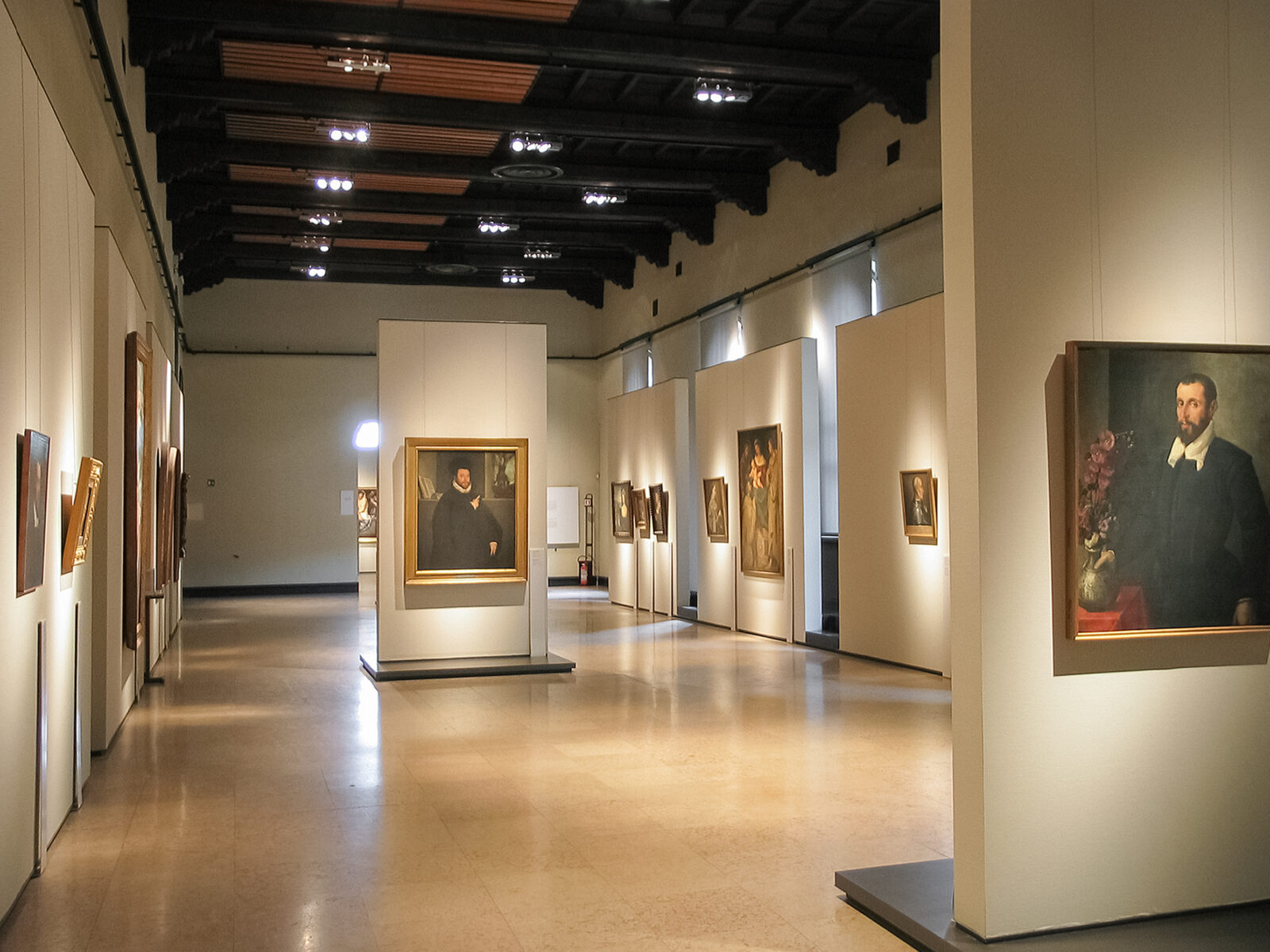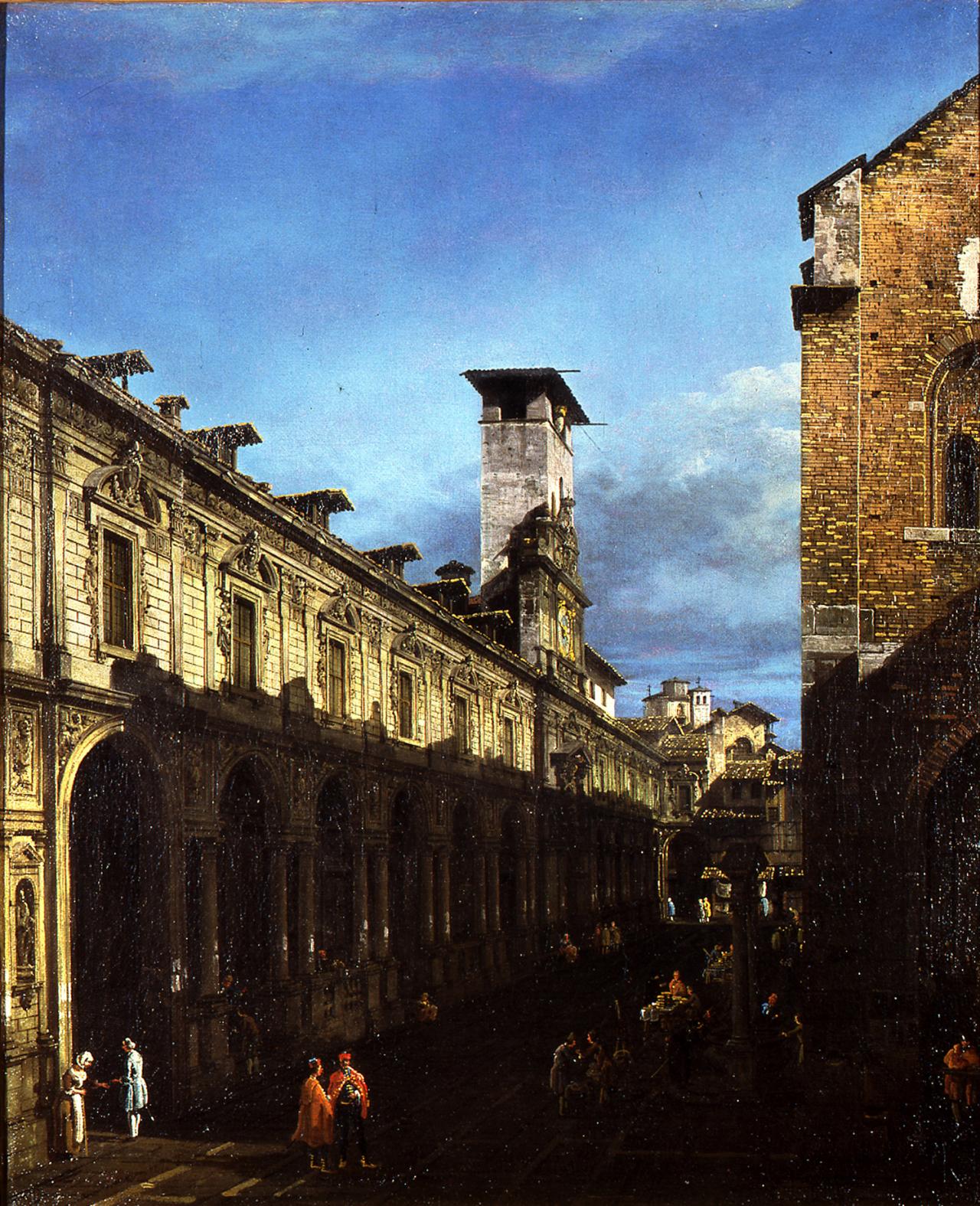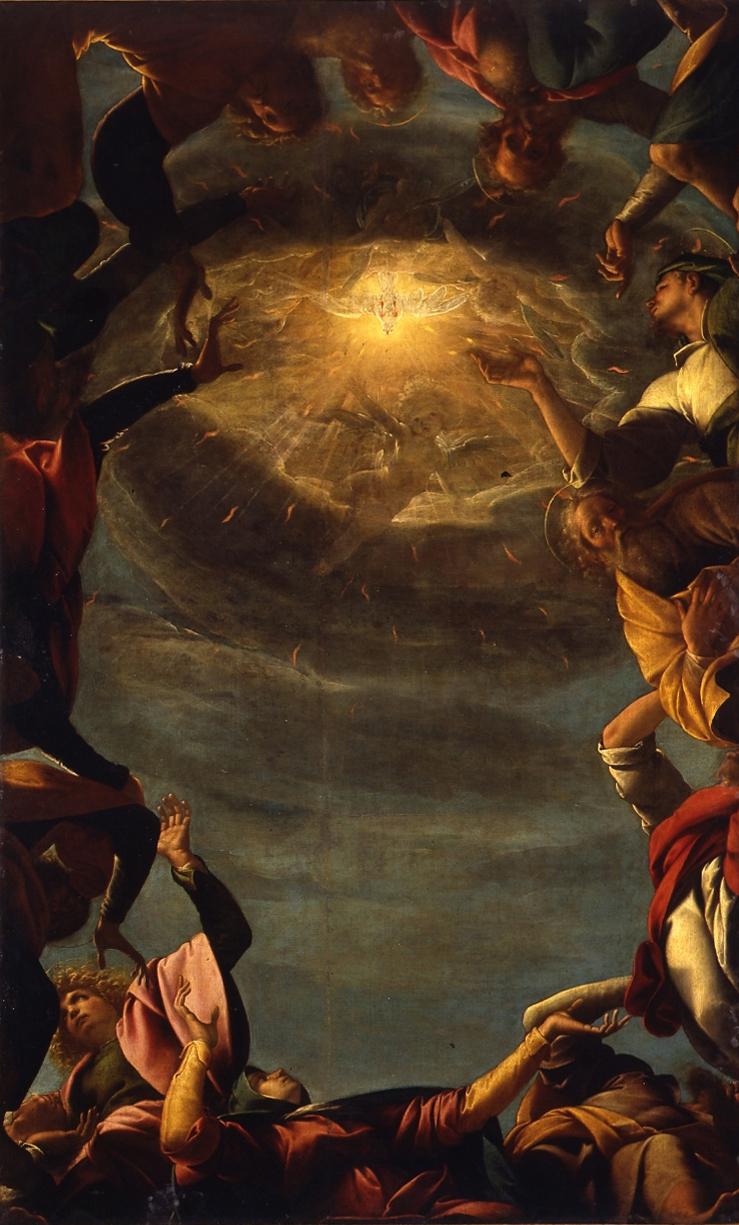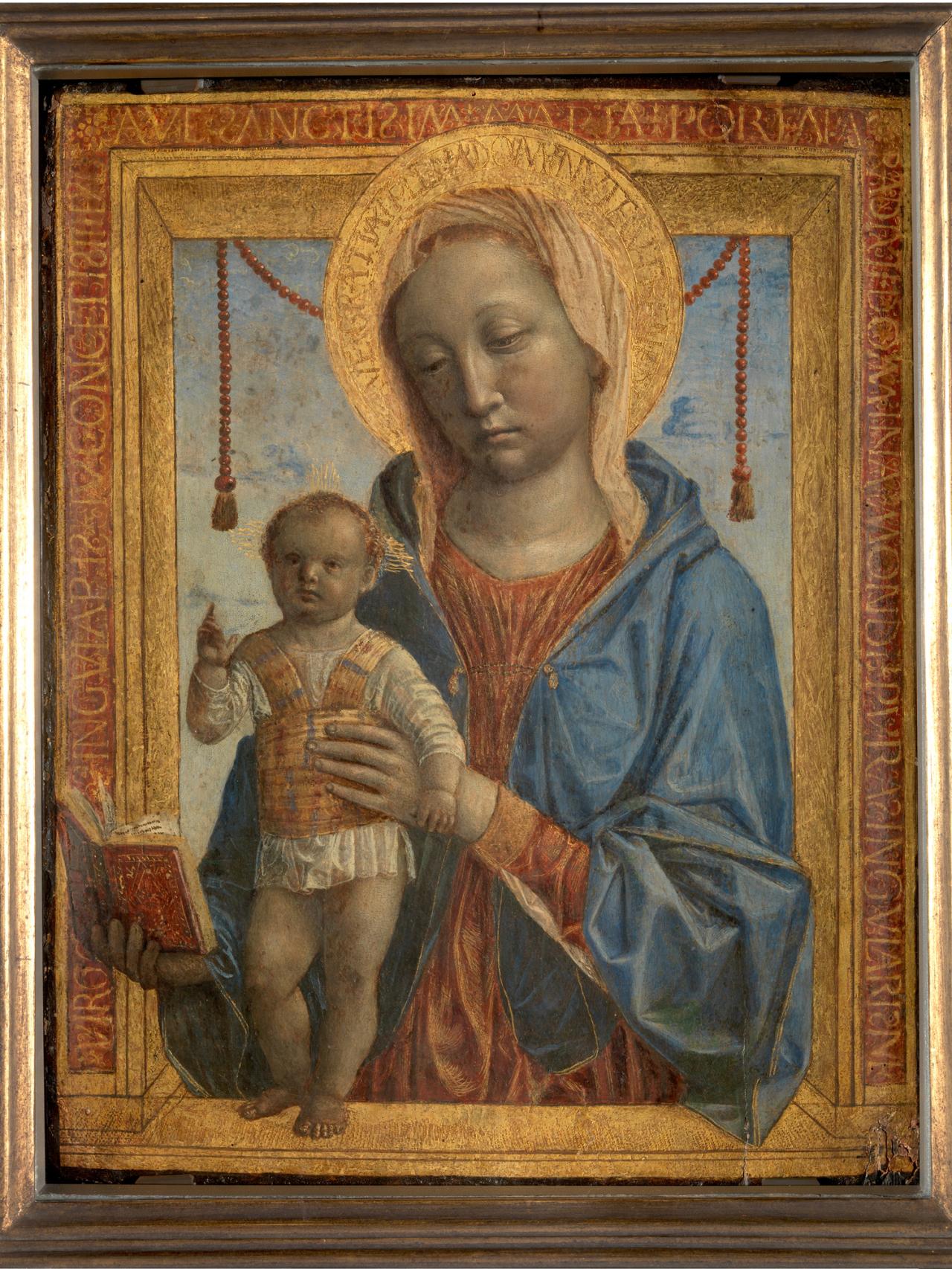The Sforza Castle Pinacoteca
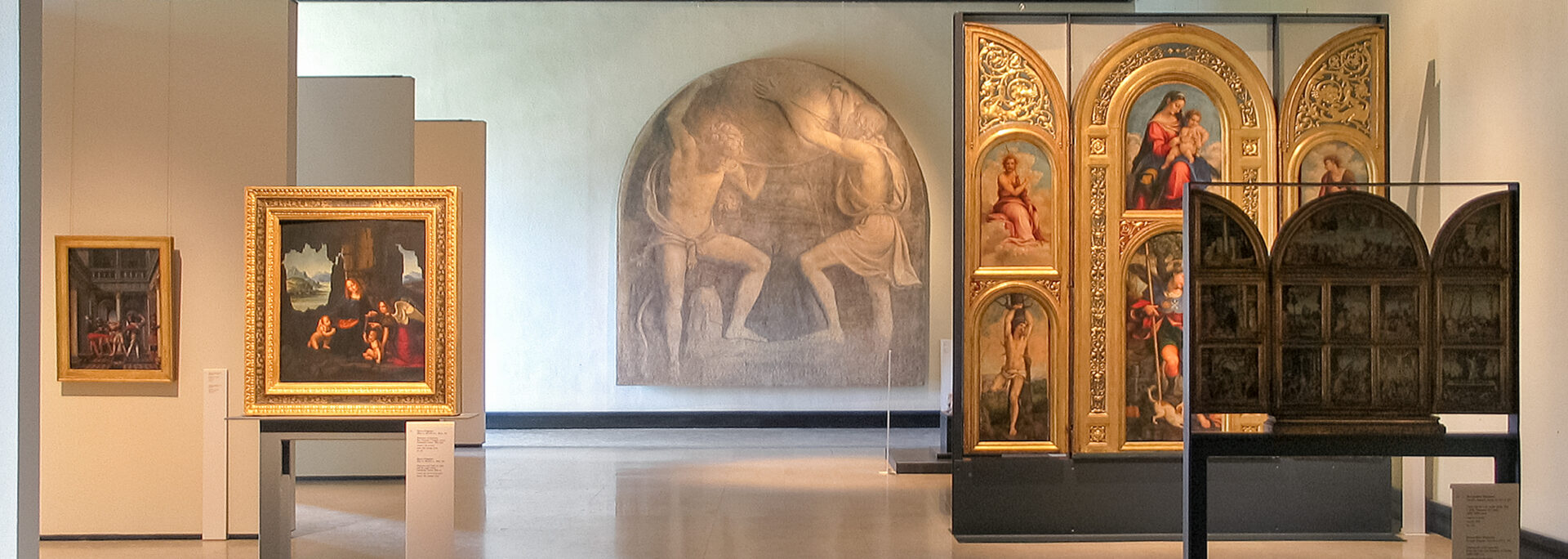
The Castle Pinacoteca is the result of a series of donations, deposits, legacies, and purchases by upstanding citizens from the XIXth century, intended to give the city of Milan its own art heritance. Started with the testaments of Fogliani-Marchesi family (1861), then with Attendolo Bolognini (1863) and Guasconi (1863-65), the Pinacoteca has its first exhibition set in 1878 at the Salone dei Pubblici Giardini under the name of Museo Artistico Municipale, then moved to the prestigious setting of the Sforza Castle where it opened to the public on May 10th of 1900. During the last century numerous purchased pieces expanded public properties, and the Town municipality itself made important choice, deciding to invest to conserve fundamental parts of the city’s heritage (Trivulzio Collection) or to fill the gap of notable absences through targeted acquisitions. The exhibited heritage is composed of artworks mainly focused on the typical Mid-15th century Lombard painting themes, reaching the threshold of Neoclassical movement, with pieces of Veneto and Flemish-Dutch schools. Besides, wooden embossed pieces, marble statues, terracotta busts and a series of medals enrich and complete the proposed trail. Some art history masterpieces by renown authors stand out: Mantegna, Bronzino, Correggio, Lotto, Tiziano and Tintoretto.
The collection is set on the first floor of Ducal Courtyard after the Museum of Forniture ad Wooden Sculpures, namely from XX to XXVI halls. The Museo per tutti trail has been defined with Pinacoteca experts to have visitors focus on a few, large paintings that better catch their attention, in case of people either with or without intellectual disabilities. The Museo per tutti guide also gives the opportunity to discover technical matters about the paintings, such as the definition of “polittico” or the chance to observe and compare more than one painting at a time, like the couple of Canaletto’s canvasses. Two focus sections deal with peculiarities and special contents: the visitors can deepen into specific matters, enlightened by the accurate image selection through details all over the text. Understanding and observation of a painting can be carried on in efficient and surprising way, especially for people with concentration difficulties.
From a sensory point of view there are no relevant questions to be pointed out: wide and well-lit halls, no overcrowding or background noise risks. The present setting is also ready for those who feel like relaxing on the benches purposedly set in front of the hall windows. At any time, visitors can take a rest inside the museum, at a distance from paintings and with the opportunity to enjoy the sight on the outdoor. There are a few steps before XX hall and between XXIII and XXIV halls. You can take the stairways out of XXV hall to go back to Ducal Courtyard or walk on and take the external staircase after XXVI hall leading to the Museum of Decorative Arts.

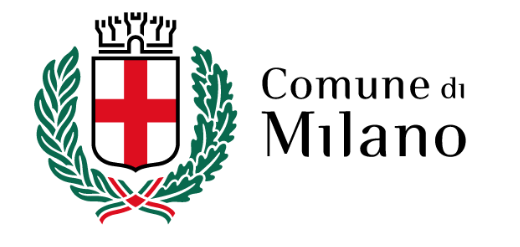

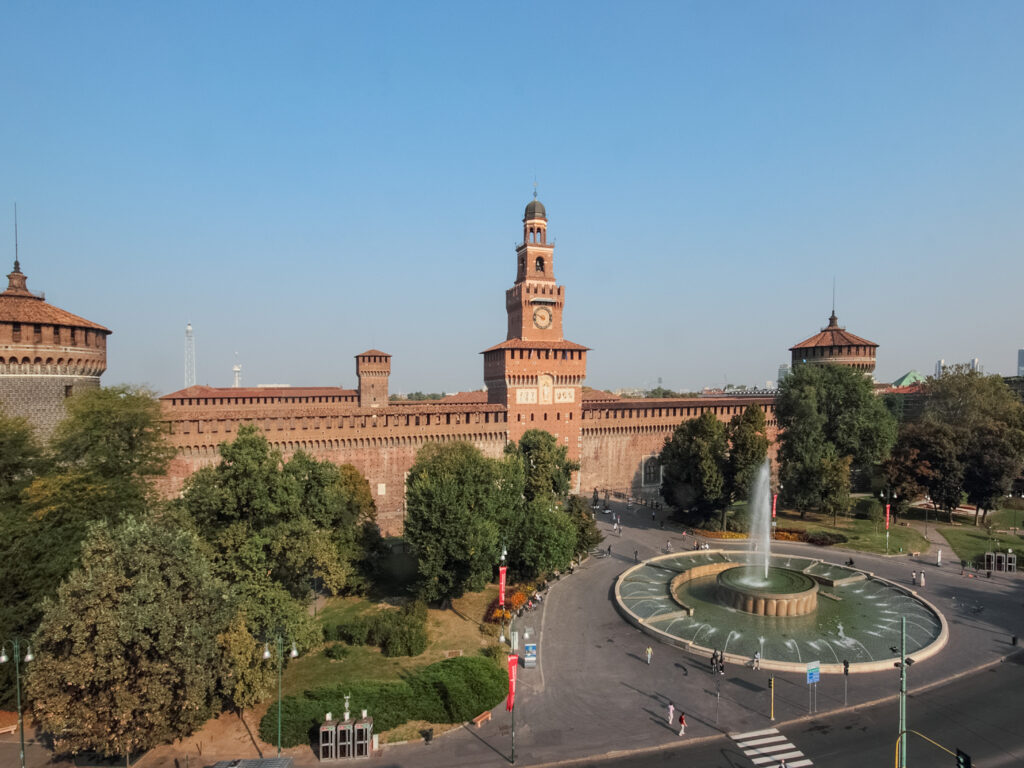
 Accessible toilets
Accessible toilets
 Cloakroom
Cloakroom
 Resting areas
Resting areas

